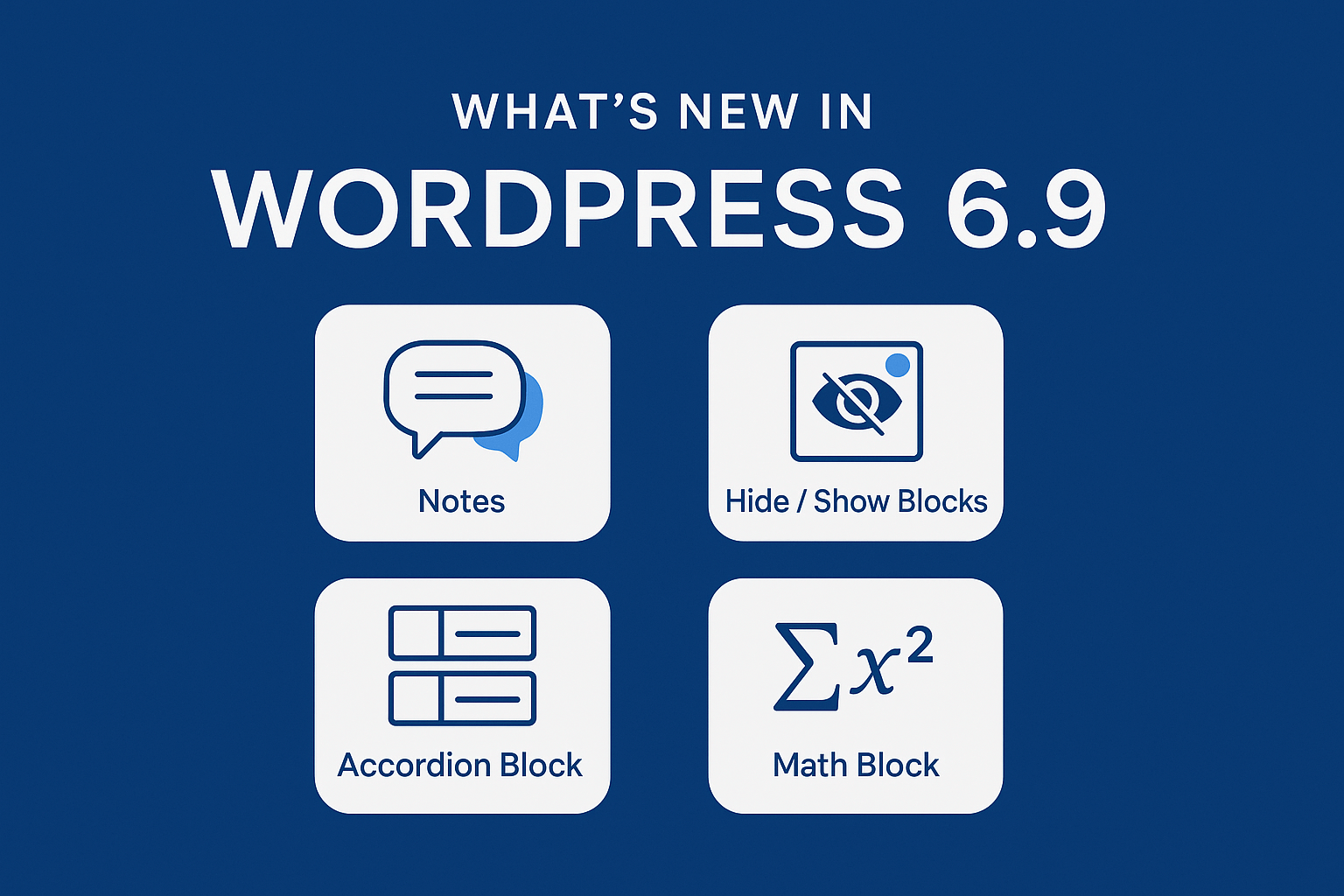Choosing the right content management system (CMS) is crucial for anyone looking to build a website or application. In this article, we will delve into the WordPress vs Kentico comparison, focusing on key factors such as usability, scalability, and features. Whether you are a developer or a business owner, understanding the strengths and weaknesses of each CMS is essential for your project’s success.
Overview of WordPress and Kentico
WordPress is an open-source CMS that powers over a third of all websites on the internet. It is known for its user-friendly interface, extensive plugin library, and strong community support. On the other hand, Kentico is a commercial CMS that offers both a marketing and an enterprise-level solution. Kentico is designed for users who need more complex integrations and customization directly out of the box.
In terms of popularity, WordPress holds a significant advantage due to its flexibility and a wealth of themes and plugins, allowing for a diverse range of website types. Meanwhile, Kentico’s strength lies in its robust capabilities tailored to businesses looking for integrated marketing solutions. Key takeaway: WordPress is ideal for general users, while Kentico excels in enterprise scenarios.
Usability and Learning Curve
When considering the WordPress vs Kentico comparison, usability is a primary concern. WordPress is acclaimed for its straightforward dashboard, making it accessible even for those without extensive technical skills. Users can easily manage pages, post content, and install plugins with minimal training.
In contrast, Kentico, while offering powerful tools, has a steeper learning curve. It features a more intricate interface suitable for advanced users who require fine control over their site’s functionalities. Companies investing in Kentico often provide extensive training to their teams, ensuring they can leverage its full potential. Ultimately, if ease of use is a priority, WordPress is the recommended choice. For more complex needs, Kentico shines, particularly in a corporate environment.
Customization and Flexibility
Customization is vital for any site, and both systems provide different approaches. WordPress’s greatest strength comes from its vast library of themes and plugins, which can easily adjust the appearance and functionality of a site. Users can change their site’s look with just a few clicks or add complex features, such as e-commerce capabilities through plugins like WooCommerce.
Conversely, Kentico offers a more structured approach to customization. It provides an integrated development environment that allows developers to build custom modules and functionalities. This ensures that all elements are designed to work seamlessly within the system, which can lead to a more stable and consistent user experience. Key takeaway: WordPress is generally more flexible for casual users, while Kentico accommodates developers looking for deep customization.
SEO Performance
In the digital landscape, SEO is vital for visibility. Both WordPress and Kentico have their unique strengths regarding search engine optimization. WordPress comes equipped with several powerful SEO plugins like Yoast SEO and All in One SEO, which simplify optimization for content creators.
Kentico, on the other hand, is built with SEO features that are integrated into the CMS. This allows companies to manage their SEO strategies without relying on third-party plugins. Users can create custom URLs, meta descriptions, and integrate marketing tools effortlessly. Therefore, in terms of fundamental SEO support, both systems can achieve excellent results, but WordPress might offer a broader community-driven resource pool.
Cost Considerations
Cost is always a crucial factor when evaluating a CMS. WordPress is free to use, although users may incur costs from premium themes, plugins, and hosting services. This model makes it an appealing choice for many small to medium-sized businesses that have limited budgets.
On the flip side, Kentico requires an upfront license fee, which may also include the costs associated with licensing specific modules and custom development. While it serves larger businesses that require extensive functionality, the initial investment can be a barrier for smaller enterprises. Key takeaway: If you are on a tight budget, WordPress could be the more economical choice.
Conclusion: Making the Right Choice
Ultimately, the decision between WordPress and Kentico must be guided by your specific needs. For straightforward, user-friendly management and a budget-friendly approach, the WordPress vs Kentico comparison favors WordPress. However, if your organization requires advanced marketing features and a more secure, tailored platform, Kentico may be the better option.
Whichever CMS you choose, aligning your decision with your business objectives and technical needs will set the stage for success. If you’re interested in learning about maintaining your CMS, check out our post on Founders’ 3-Step Website Maintenance.
Frequently Asked Questions
What is the main difference between WordPress and Kentico?
The primary difference lies in their target audiences. WordPress is user-friendly and cost-effective, ideal for small-to-medium businesses, while Kentico is geared towards larger businesses needing robust CMS features and integrated marketing solutions.
Can I migrate from WordPress to Kentico?
Yes, migrating from WordPress to Kentico is possible, but it may require technical expertise to ensure a smooth transition of data and functionalities.
Is Kentico worth the investment?
If your business requires advanced features and seamless integrations, Kentico can be worth the investment due to its comprehensive capabilities and business-oriented focus.




